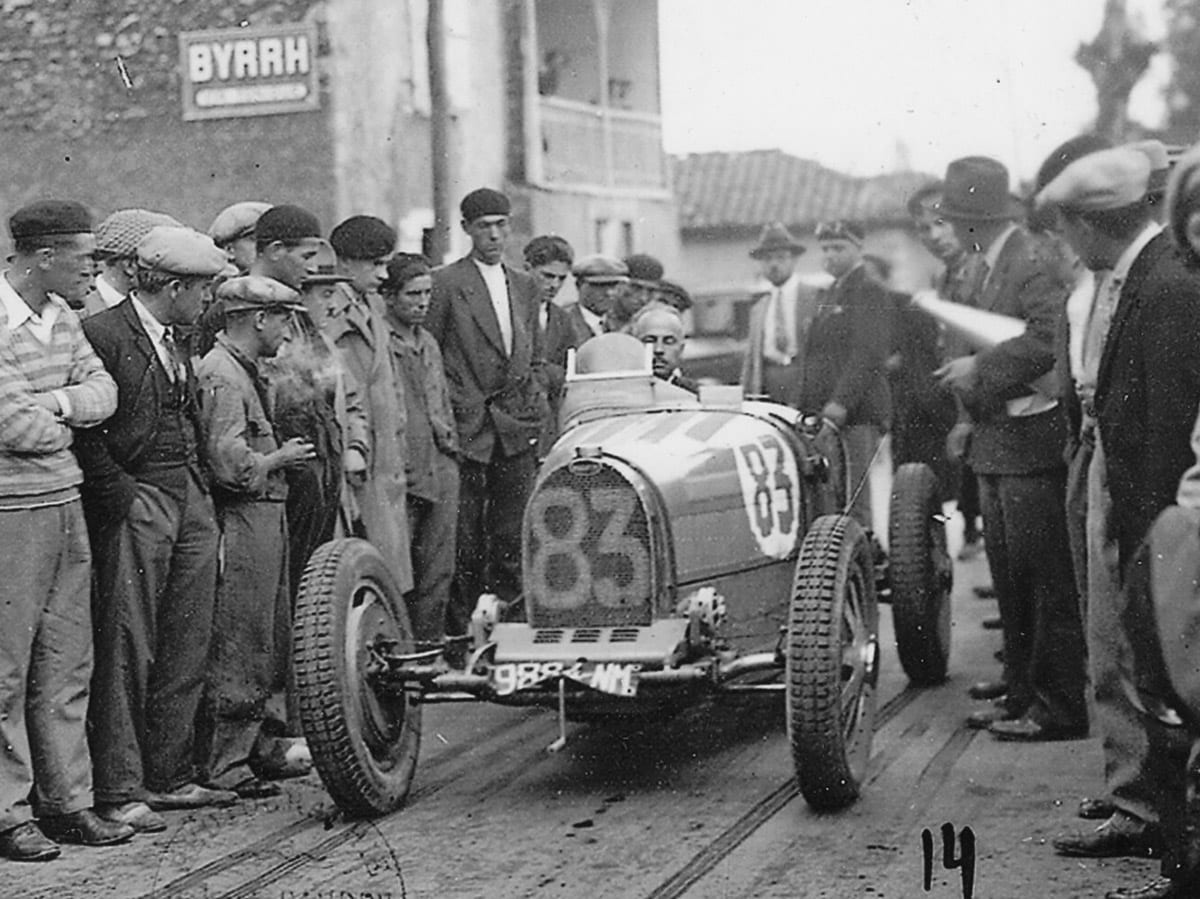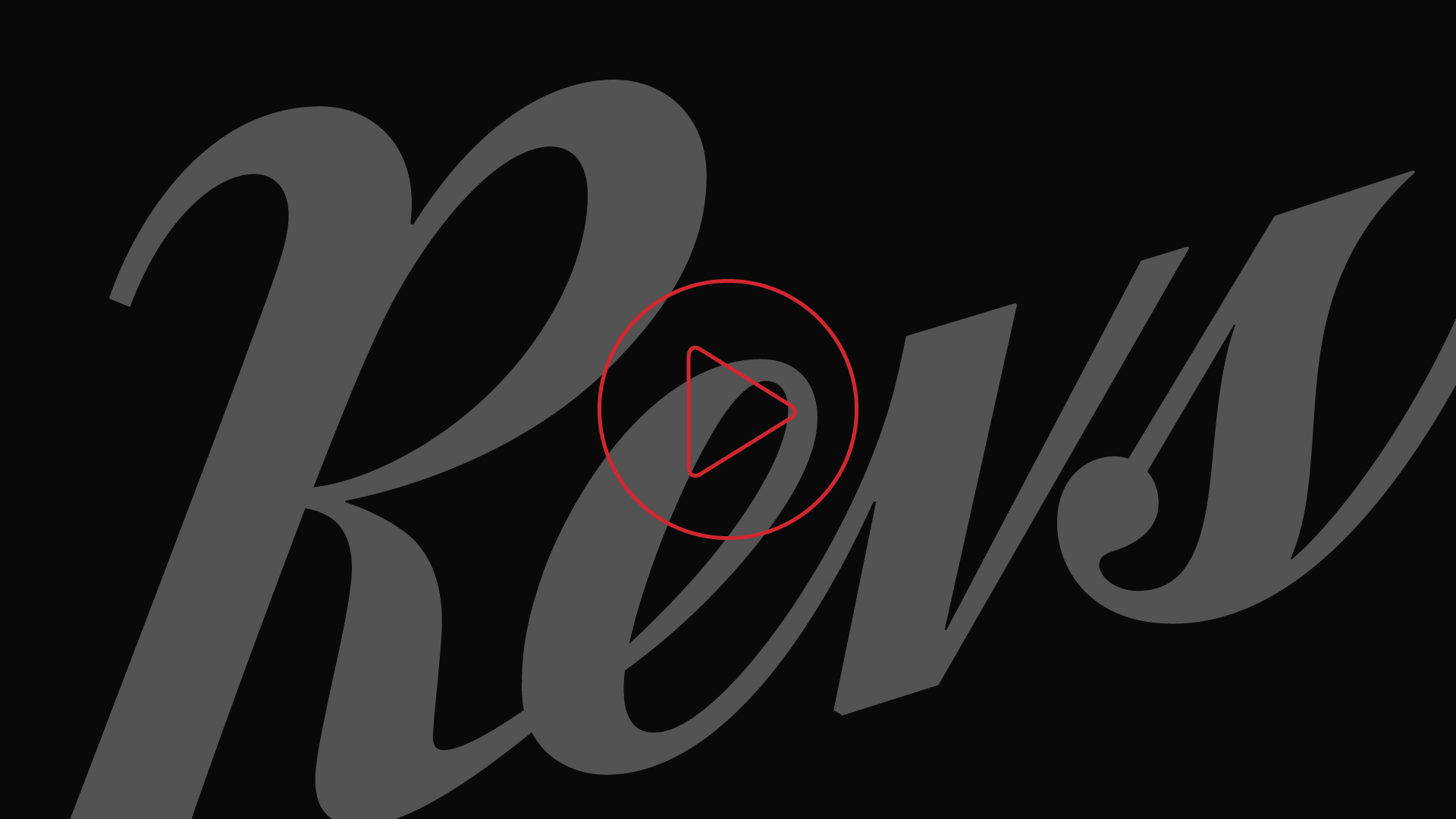Tech Specs
Eight‐cylinder in‐line engine, single overhead camshaft, three valves per cylinder (two inlet, one outlet), Roots type supercharger 2261 cc (138 cubic inches), 140 hp at 5000 rpm.
Before/After
1930 Bugatti


About the 1930 Bugatti Type 35B Grand Prix
The Italians were out for revenge. For five years in a row the blue Bugattis of France had triumphed in their most famous race, the Targa Florio, the ultimate test of man and machine, held over a 67‐mile circuit that writhed around the mountainous north of Sicily. Against the four Bugattis entered – four works entries and one privateer – were ranged thirteen of Italy’s fastest cars.
Italy’s hopes for the 1930 race were pinned on the new – but tricky to handle – 2‐ liter Alfa Romeo driven by the saturnine Achille Varzi, but almost from the start its only serious rival was the Bugatti Type 35B driven by the wily Monegasque Louis Chiron. Chiron started twelve minutes ahead of Varzi, but the Italian caught and passed him on the first lap, when Chiron fell back to fourth. Chiron responded brilliantly, and by the end of lap two was in second place, a position he held until the end, finishing less than two minutes behind Varzi in a 335‐mile race full of incidents in which both men had smashed all existing lap records.
That was, it seems, the first and last race as a works car for Chiron’s Bugatti, chassis no. 4959, for six weeks later it was sold to entrepreneur Charles Terres Weymann of Paris for 92,000 francs. It was, however, first registered to Raoul Arthez of Pau in the Pyrenees on August 5, 1930. He entered it for three Grands Prix in the region that autumn, failed to finish in two and didn’t start in the third. And that, it seems, was the end of this car’s racing career.
Remarkably, it was then lost to sight for the next three quarters of a century, only being discovered in the Pau region in 2006, partially dismantled with all major components present.
“This is,” commented one expert, “unquestionably quite the most remarkable discovery of a long‐lost Bugatti I have ever known”. While two other cars of that 1930 Targa Florio team still exist, this Bugatti is the only that survives in the condition in which it raced eight decades ago. It is, quite simply, unique.















